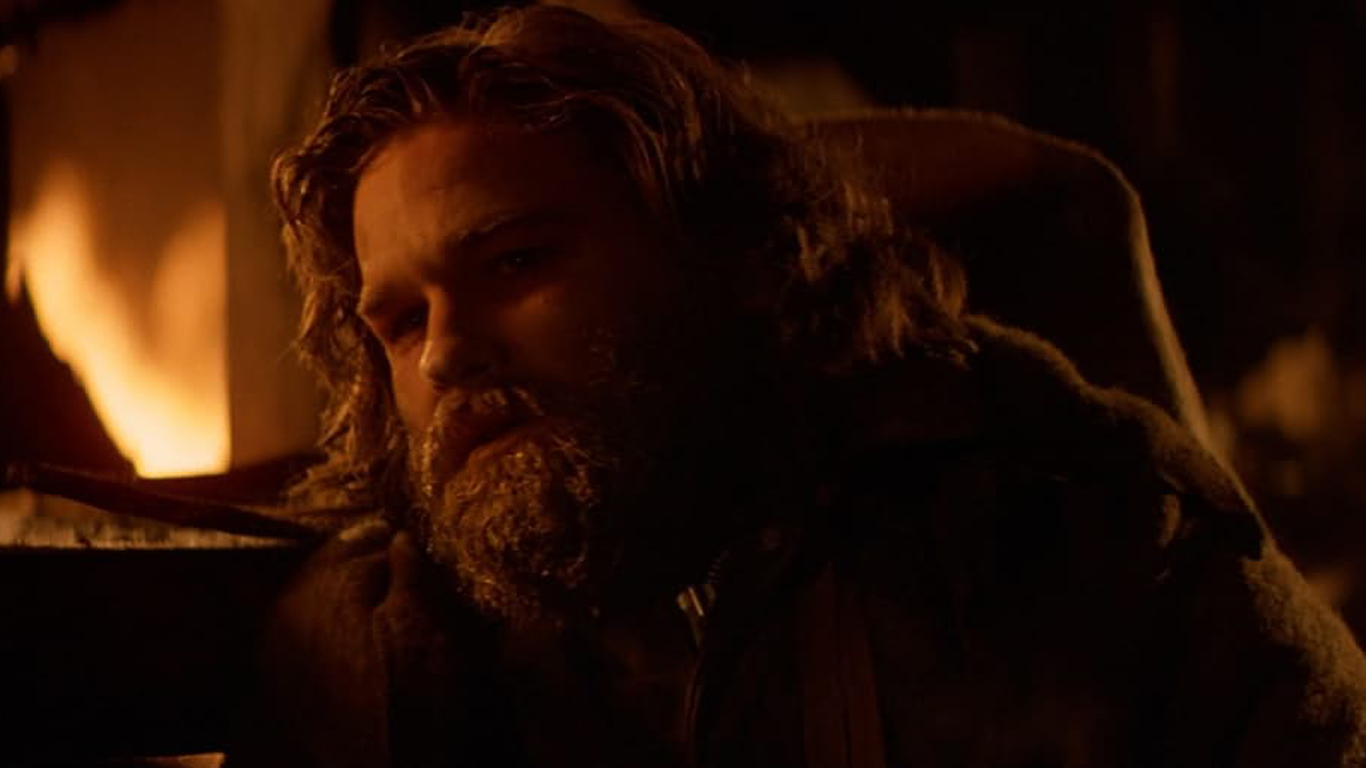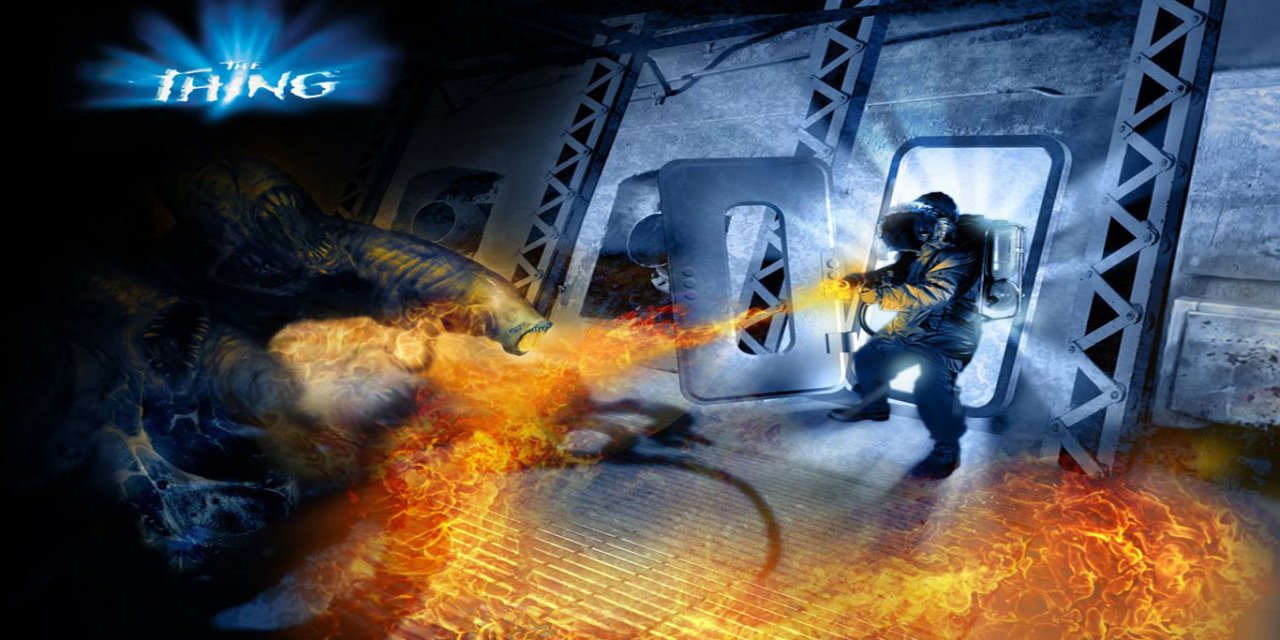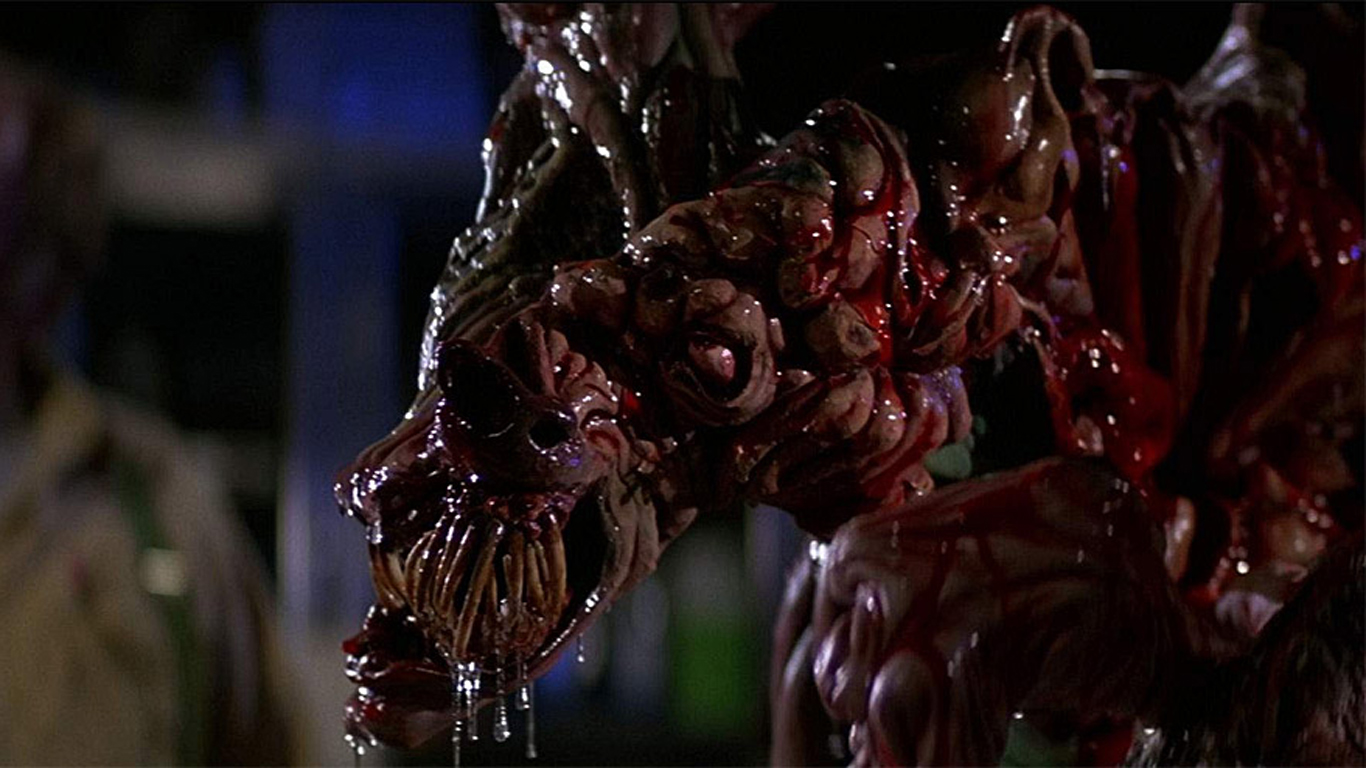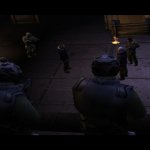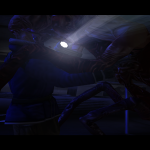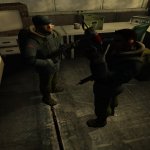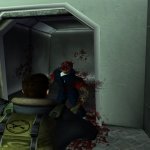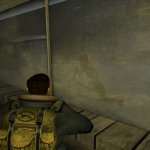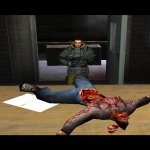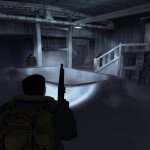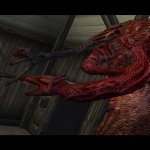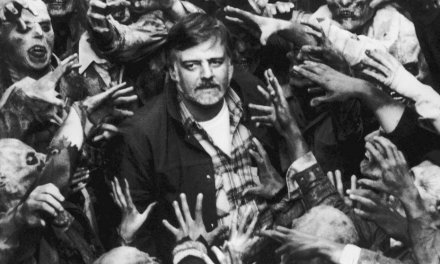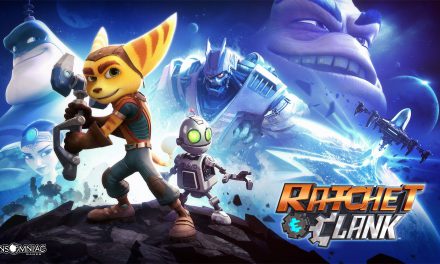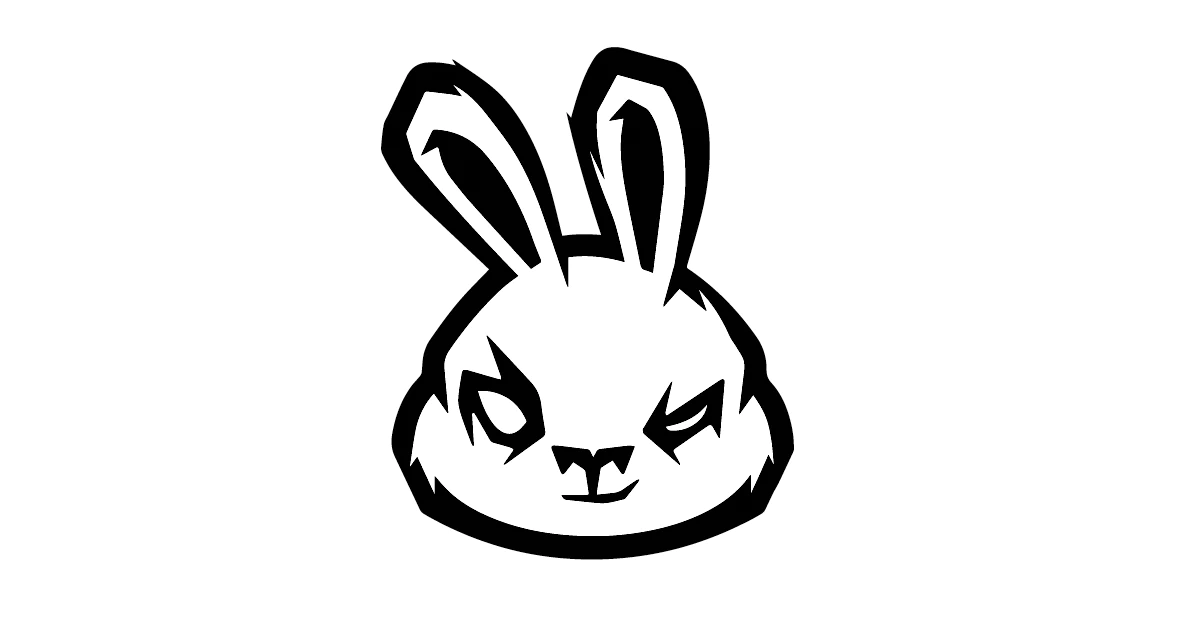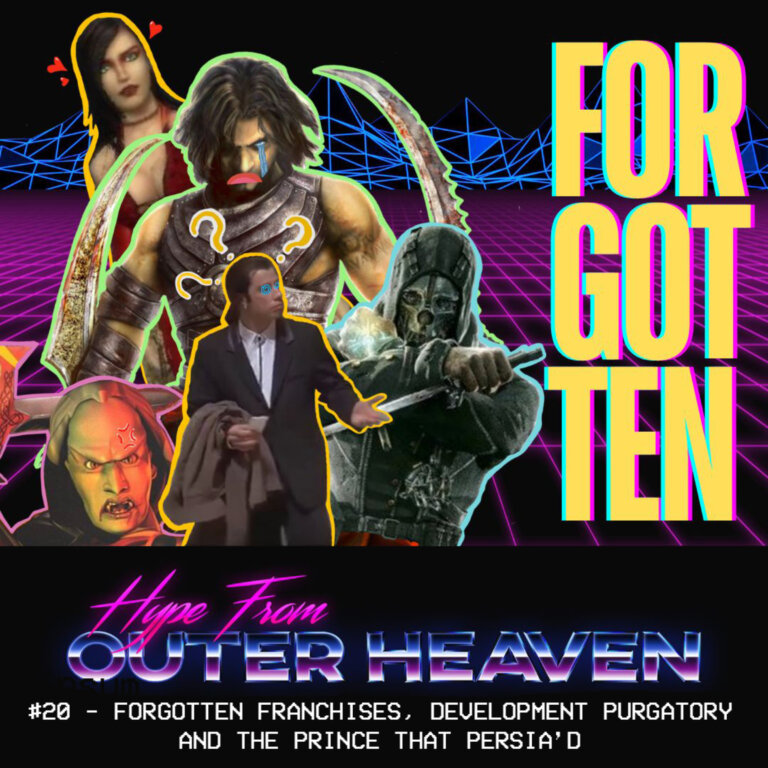“Someone in this camp ain’t what he appears to be…”
Billed as the sequel to John Carpenter’s 1982 horror classic, The Thing released to both critical and commercial acclaim for the Xbox, Playstation 2 and PC in 2002, collectively selling over 1 million units worldwide. Mirroring the theme of paranoia and mistrust that was rooted deep in the first movie, it’s no wonder that The Thing (2002) developed a solid cult following from both fans of the 1982 movie and survival horror fans alike. Despite it’s more than solid reception however, developer Computer Artworks went into receivership in 2003 after a solid year working on the sequel, which could of been the start of one of the next big franchises for horror in gaming. Over the course of this article I’ll be going over what made the original movie so terrifying, how the game mirrored the movie so uniquely, as well as what could have been with The Thing II.
If my articles over the last ten months have proved anything, it’s that I’m a big fan of old school horror movies. From the political and social satire found in the films of the late George A. Romero (R.I.P.) to the birth of the slasher genre with Tobe Hooper’s The Texas Chainsaw Massacre, the genre has undoubtedly left its mark on cinema over the decades; and while the golden era of the late 70’s and 80’s may have passed, the genre still manages to generate a decent movie or two every couple of years (REC was proof that found-footage is still a viable medium for a solid horror film). Regardless of the genre’s current standing however, there is one movie that has been strongly regarded by myself and many others over the years as the best horror movie ever made, mainly due to its haunting exploration of the paranoia and its horrifyingly realistic practical effects: John Carpenter’s sci-fi horror classic The Thing.
2017 marks the 35th Anniversary of John Carpenter’s The Thing, which was particularly infamous upon its release in 1982. This was mainly due to the unfortunate timing of the film’s release during the box office success of Steven Spielberg’s E.T. which presented a child-friendly take on an alien life form, which was the polar opposite to the blood-drenched, shape-shifting nightmare found in Carpenter’s movie. As such The Thing would be heavily criticised at the time for its use of hyper gore, cited by critics as distracting away from the film’s psychological themes in favour of being overly gruesome; however, in the modern age where movies are over-saturated with CGI, the hyper realistic, analogue effects that were used in The Thing are one of the main reasons as to why the film has been regarded as a classic over the decades, solidifying its place in cinema history as well as standing as a benchmark for what horror films should aspire to be.
Man is the warmest place to hide: Being a mix of K-Y jelly, foam latex, creamed corn and a plethora of other domestic ingredients, Rob Bottin’s stellar special effects on The Thing truly are the stuff of nightmares.
Being an adaptation of the short story ‘Who Goes There?’ by John W. Campbell, it’s important to note that The Thing is not only routinely celebrated for it’s amazing practical effects, but the themes presented in the movie as well. The core themes explored in the movie are those of isolation and paranoia; twelve men who know each other very well, trapped at a research outpost in Antarctica with a shape-shifting alien creature assimilating them one by one, making them all begin to question who is human, and who is the thing. The concept of the creature not being able to be seen or detected amplified the claustrophobia, and was inspired somewhat by the paranoia surrounding the AIDS infection that was clinically observed for the first time in 1981 (right in the middle of the film’s production) and could only be detected via a blood test, mirroring the detection process found within the film. The movie ends on somewhat of a sombre note; the creature has been defeated and Macready and Childs are the only two survivors of outpost 31; neither one of them trusts each other, and not knowing if the other is human or the thing, they share a drink, laughing at their situation as they slowly freeze to death in the cold (unless you support the long held Gasoline theory). Since then The Thing has gone on to gain a substantial cult following, spawning an extended universe in various forms of media ranging from comic books to board games, but most notably from its 2011 prequel and 2002 video game of the same name.
The Thing video game was released in 2002 by developer Computer Artworks and publisher Black Label Games, and was billed as a direct sequel to Carpenter’s 1982 horror classic (even getting an endorsement by the big man himself). The narrative is set a number of months after the events of the motion picture and places you in the shoes of Captain J.F. Blake, who is a part of two teams of U.S. Special Forces sent to investigate both the US and Norwegian camps after months of radio silence. Soon after arriving Blake and his team begin to realise that both camps sacrificed themselves in a bid to stop the creature from escaping, and that they were both unsuccessful. What follows is a desperate bid for survival for Blake and his men; not knowing who is human and who is the thing, the game forces the player to make tough choices to ensure their own survival, mirroring the themes of paranoia and mistrust found in the 1982 film. Unfortunately the rest of the game’s plot is somewhat predictable, going down ‘the evil corporation who wants to harness the infection’ route; and while there are a number brilliant ‘fan-service’ moments throughout the story that are a nod towards the original film (MacReady turning up at the end was brilliant) the rest of the plot is largely forgettable.
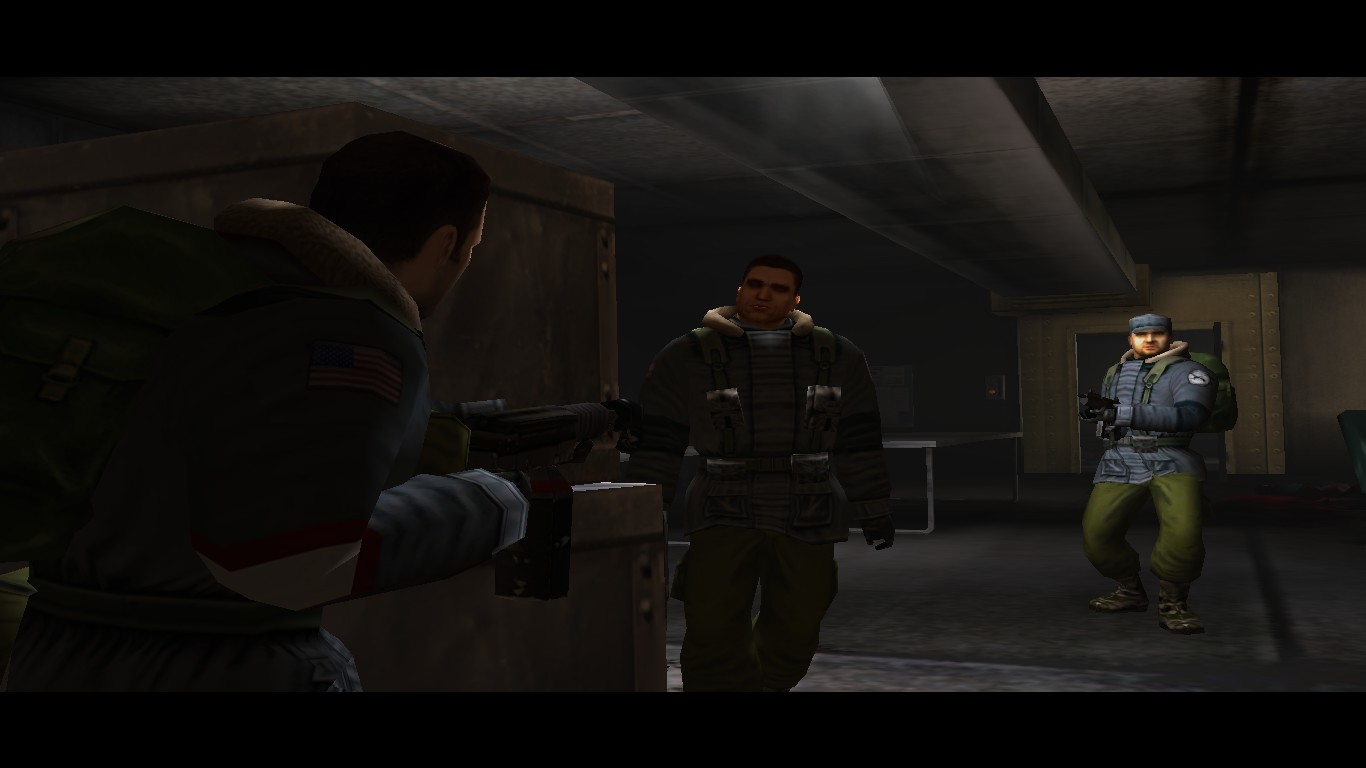
Who goes there?: Mistrust and paranoia are rife within The Thing (2002), brought to life by a unique trust/fear gameplay mechanic that sets the title apart from its peers.
Gameplay is where The Thing lives up to its namesake. Played from a third person perspective and lending itself to the survival horror genre, the title was a gem in an already saturated market when it released in 2002. The base gameplay is that of a fast paced shooter, with decent pacing and a haunting soundtrack to boot. The game’s combat isn’t anything to write home about, as it’s primarily ‘lock-on’ combat, with the game’s difficulty level being based on how much aim assist is in place; the survival horror aspect comes into place with item management, especially when it comes to ammo. Smaller thing creatures (made up from severed limbs and heads) are known as ‘Scuttlers’ and can be taken out relatively easy with small arms fire; the larger ‘Walker’ enemies are where the true challenge comes into play, as they have to be weakened with small arms fire first, and then finished off with flame weaponry (making the flamethrower Blake’s most valuable tool in the mid to late stages of the game). Alongside the combat is an exposure meter, which slowly drains if Blake is out in the elements for too long, eventually draining his health meter, forcing you to retreat inside (it is Antarctica after all). Without a doubt however, the standout feature of The Thing revolves around Blake and his squad, of whom you can issue basic commands, give and take away weapons, and kill if the situation calls for it. All of these elements play into the trust/fear mechanic that sets The Thing apart from its peers, as the system was pretty innovative in 2002 given that no other game had such a system in place.
When you bump into squad members for the first time they won’t trust you, and you will have to prove your intentions through a number of different action such as giving them a weapon and ammo, killing thing creatures to prove you’re not one of them, or using blood test kits on yourself and your current squad to prove that you’re not infected. Caution is advised however, because if your trust goes too low your squad mate will turn on you, leaving you no choice but to gun them down. Alongside trust, is the fear mechanic meaning that at any point during the game your squad can be affected by environmental factors (dead bodies, the presence of enemies etc.) which will start to adversely affect their sanity level, initially affecting their ability to shoot accurately or perform class based tasks (e.g. junction boxes for engineers) eventually leading them to ‘crack up’ and commit suicide, open fire on the rest of their squad or die of a heart attack, all of which can be avoided if Blake uses adrenaline to calm them down. Alongside the trust/fear mechanic is an infection system, which gives squad members a certain percentage chance to turn into a thing creature at any point during the game based on exposure to enemy creatures. However the system is not as unique as it could be, as squad members turn automatically at predetermined points in the game, making it somewhat scripted and more efficient to gun squad mates down while they’re still human, saving your precious flamethrower fuel for bigger and more hardened enemies. All in all the AI systems in place mirror the claustrophobic and paranoid nature found in the first movie while applying them into an interactive format, making the game as successful as it was.
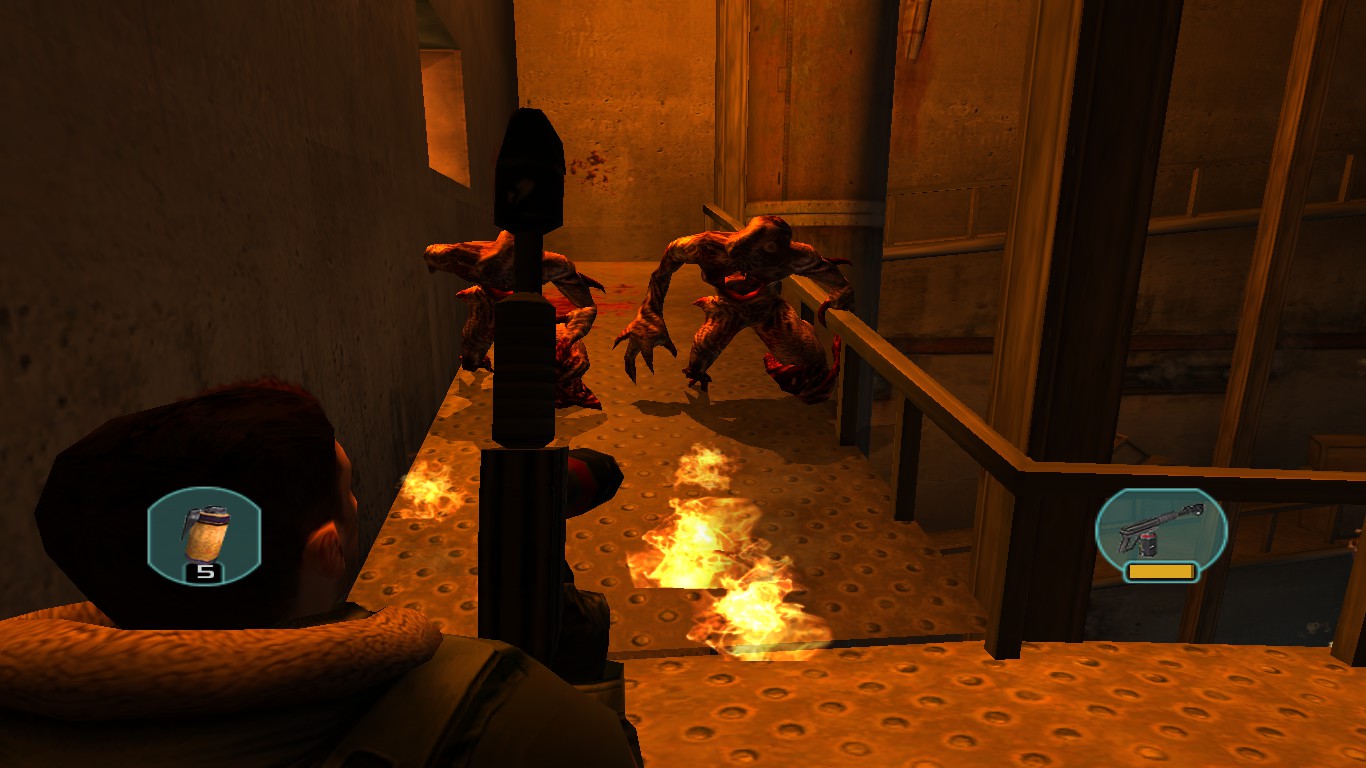
This is my rifle: The flamethrower is by far the most valuable tool at Blake’s disposal in The Thing, as it’s the only weapon that can kill larger thing creatures.
The Thing video game was a critical and commercial success when it launched in 2002, selling 1 million copies worldwide across the three major platforms at the time (Xbox, PS2 and PC). Following the first game’s success, developer Computer Artworks were hard at work on a sequel titled The Thing II. Unfortunately the title would not get out of the ‘proof of concept’ stage, due to Computer Artworks going into receivership in 2003 dooming the project into cancellation. From looking at the concept art produced for the game, it would have followed as a direct sequel to the first title; following protagonists Blake and MacReady as they fought thing creatures through a number of locations such as a refinery town, oil rig and an aircraft carrier (all of which were in the early concept phase). Diarmid Campbell, lead coder for Creative Artworks at the time spoke with Eurogamer in an article in 2014 regarding their direction with the new game, stating that the team “had a very cool prototype of ‘dynamic infection’ and some really imaginative thing ‘burst-outs'” stating that he “particularly liked the one where the person would split in half and their top half would jump to the ceiling and start swinging around like an orangutan with his intestines turned into tentacles!”. From looking at the concept art (which can be seen in the gallery below) this ‘burst-out’ feature would have been vastly superior on a technical level to anything seen in the first game; coupled with dynamic infection, using separate character models to rip apart from each other out of a single NPC could have resulted in some pretty graphic and complex transformations, once again mirroring those found within the first movie.
Unfortunately due to Computer Artworks closing down, it’s pretty much a guarantee that the license won’t get a revival anytime soon, which is a shame because the company’s concept for The Thing II was definitely taking the franchise in an interesting new direction, especially in regard to the creature design. Andrew Curtis (lead designer on The Thing) stated in the same interview that the company’s demise was a ‘familiar story’ in the gaming industry, attributing the closure to the fact that Computer Artworks “just grew too quickly, taking on a lot of projects including The Thing 2 and an Alone In The Dark sequel” which inevitably led to their demise. Regardless of the future of the licence, Computer Artwork’s The Thing will always remain as a shining achievement of a video game based on a movie franchise done right; mirroring the themes of paranoia, mistrust and the fear of the unknown so perfectly, it’s abundantly clear as to why it resonated so well with fans of the 1982 movie. As such, John Carpenter’s haunting narrative direction, Rob Bottin’s stellar special effects and Ennio Morricone’s haunting score ensures that The Thing will remain in the annals of cinema history for years to come, as well as the (assimilated) minds of horror fans worldwide.
